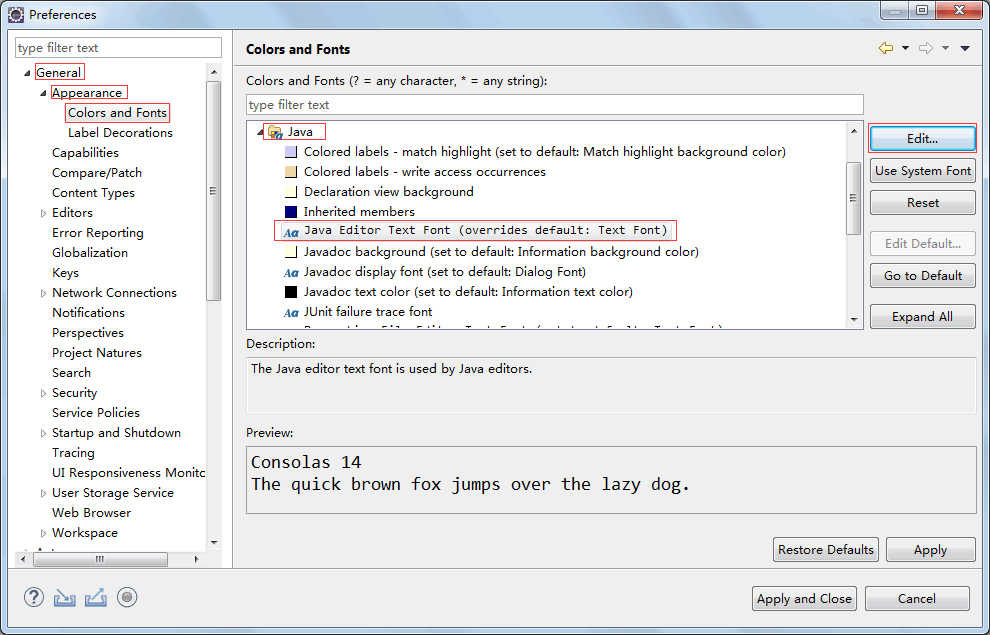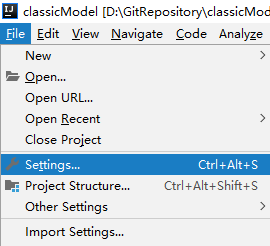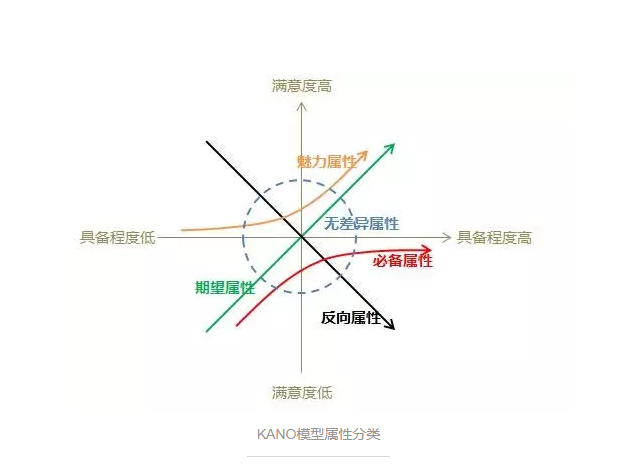简单的线程池实现
为了节省系统在并发时不断创建和销毁线程所带来的额外开销,就需要引入线程池。线程池的基本思想是,线程使用完后并不销毁,而是一直处于等待状态,如果下一个任务进入,可以再使用这个线程执行,这样就减少了线程的创建和销毁。
首先是线程池的实现:
package com.mr.smart.future.simplethreadpool;import java.util.List;import java.util.Vector;public class ThreadPool {private static ThreadPool instance = null;//空闲的线程队列private List<PThread> idleThreads;//已有的线程总数private int threadCounter;private boolean isShutDown = false;private ThreadPool() {this.idleThreads = new Vector<>(5);threadCounter = 0;}public int getThreadCounter() {return threadCounter;}//取得线程池的实例public synchronized static ThreadPool getInstance() {if (instance == null)instance = new ThreadPool();return instance;}//将线程放入池中protected synchronized void repool(PThread repoolingThread) {if (!isShutDown) {idleThreads.add(repoolingThread);} else {repoolingThread.shutDown();}}//停止池中所有线程public synchronized void shutDown() {isShutDown = true;for (int threadIndex = 0; threadIndex < idleThreads.size(); threadIndex++) {PThread idleThread = idleThreads.get(threadIndex);idleThread.shutDown();}}//执行任务public synchronized void start(Runnable target) {PThread thread = null;if (idleThreads.size() > 0) {int lastIndex = idleThreads.size() - 1;thread = (PThread) idleThreads.get(lastIndex);idleThreads.remove(lastIndex);//立即执行这个任务thread.setTarget(target);} else {threadCounter++;thread = new PThread(target, "PThread #" + threadCounter, this);// 启动这个线程thread.start();}}}
配合线程:
package com.mr.smart.future.simplethreadpool;public class PThread extends Thread {//线程池private ThreadPool pool;//任务private Runnable target;private boolean isShutDown = false;private boolean isIdle = false;//构造函数public PThread(Runnable target, String name, ThreadPool pool) {super(name);this.pool = pool;this.target = target;}public Runnable getTarget() {return target;}public boolean isIdle() {return isIdle;}@Overridepublic void run() {//只要没有关闭,则一直不结束该线程while (!isShutDown) {isIdle = false;if (target != null) {//运行任务target.run();}//任务结束了,到闲置状态isIdle = true;try {//该任务结束后,不关闭线程,而是放入线程池空闲队列pool.repool(this);synchronized (this) {//线程空闲,等待新的任务到来wait();}} catch (InterruptedException e) {}isIdle = false;}}public synchronized void setTarget(Runnable newTarget) {target = newTarget;notifyAll();}//关闭线程public synchronized void shutDown() {isShutDown = true;notifyAll();}}



































还没有评论,来说两句吧...